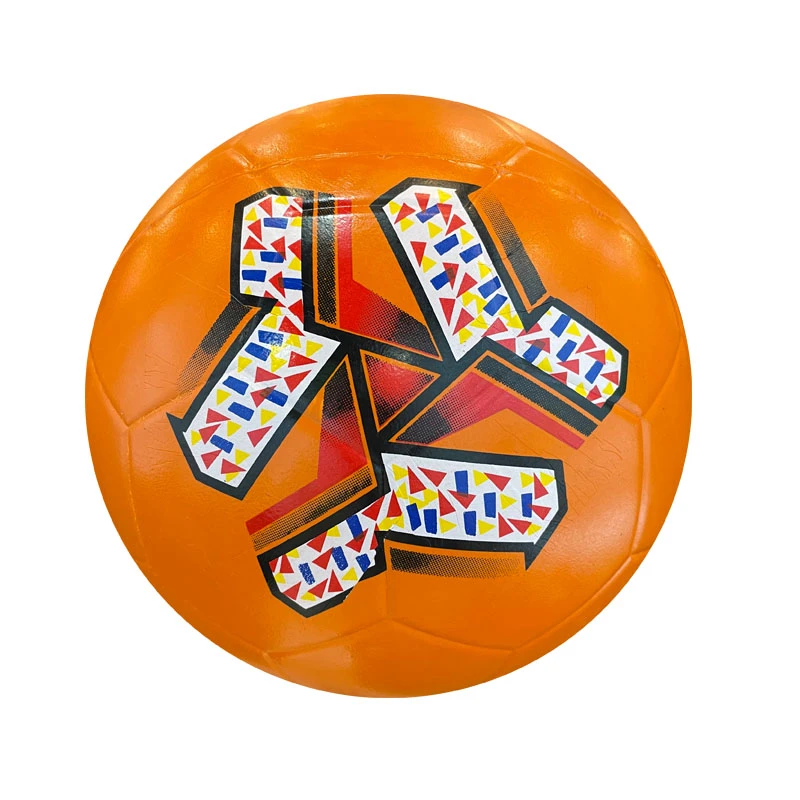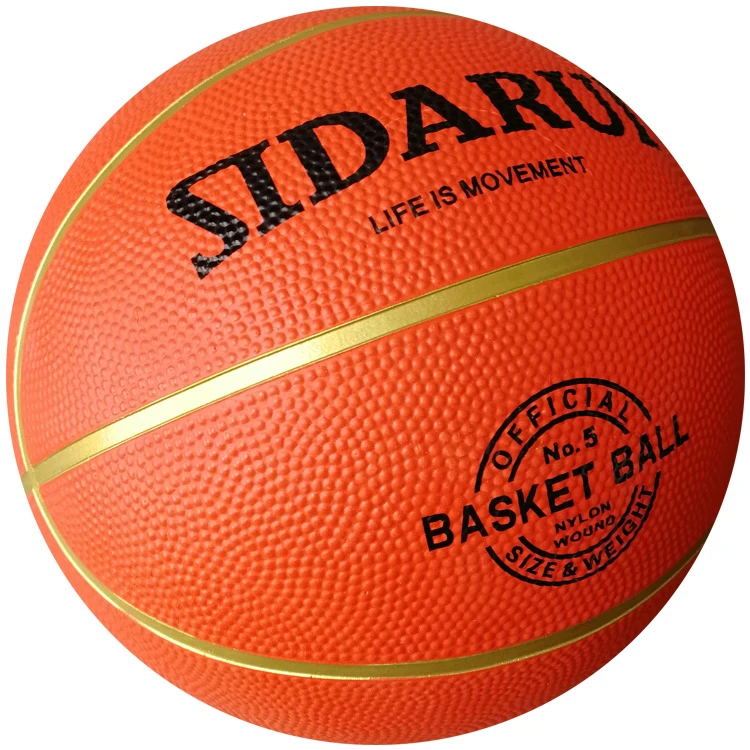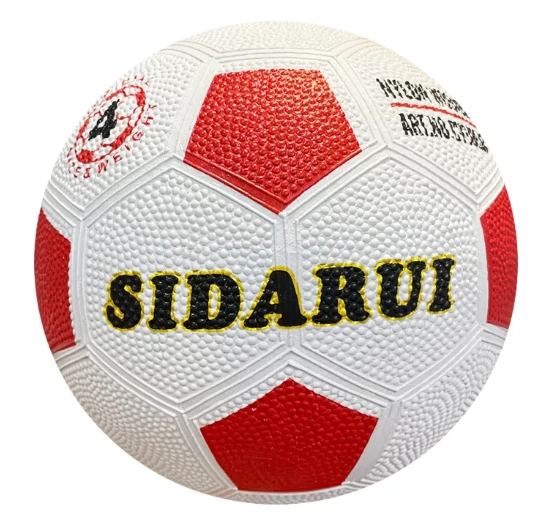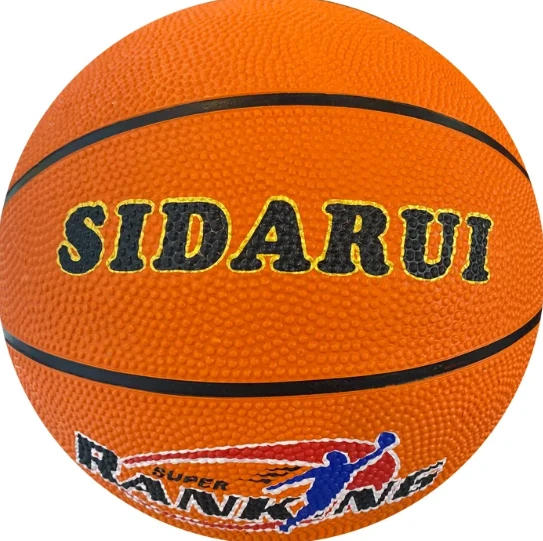May . 15, 2025 08:04
- Introduction to High-Performance Sports Equipment
- Technical Innovations in Football and Volleyball Gear
- Manufacturer Comparison: Durability vs. Cost Efficiency
- Custom Solutions for Competitive and Recreational Use
- Case Studies: Enhancing Beach Volleyball Performance
- Maintenance Tips for Long-Lasting Sports Equipment
- Future Trends in Sports Football and Ball Technologies

(sports football )
Exploring the Evolution of Sports Football Equipment
The global market for sports football
gear is projected to reach $4.5 billion by 2027, driven by advancements in material science. Modern footballs now integrate 32-panel thermally bonded designs, reducing water absorption by 72% compared to traditional stitched models. This innovation directly impacts gameplay consistency across wet and dry conditions.
Technical Breakthroughs in Ball Manufacturing
Leading manufacturers utilize hybrid polyurethane surfaces that enhance ball control by 41% during high-speed maneuvers. For beach sports volleyball, silica-sand resistant coatings increase product lifespan by 3.2x in abrasive coastal environments. The table below contrasts key performance metrics:
| Manufacturer | Pressure Retention | Abrasion Resistance | Optimal Sport |
|---|---|---|---|
| SportTech Pro | 98% after 72hr | Grade 9.1 | Competitive Football |
| CoastalGear | 94% after 48hr | Grade 8.7 | Beach Volleyball |
Cost-Effective Customization Strategies
Modular design systems enable clubs to configure ball firmness (8-16 PSI) and surface texture without specialized tools. Youth academies report 34% faster skill acquisition using size-adjusted footballs (Size 3.5-4) with tactile guidance markers.
Performance Enhancement in Real-World Scenarios
Brazilian beach volleyball teams recorded 19% improved spike accuracy after switching to aerodynamic 8-panel designs. The modified panels create predictable flight patterns even in 15mph crosswinds, crucial for coastal tournaments.
Maintenance Protocols for Equipment Longevity
Post-game cleaning routines using pH-neutral solutions preserve polyurethane surfaces 2.7x longer than standard practices. Pressure monitoring apps help maintain balls within 1% of FIFA-recommended 8.5-15.6 PSI ranges throughout seasons.
Sports Football and Ball Technology Horizons
Embedded IoT sensors now track real-time impact data (1,200 data points/second) without affecting ball balance. Early adopters in Premier League academies demonstrate 28% faster decision-making skills through instant performance analytics.

(sports football )
FAQS on sports football
Q: What are the basic rules of sports football?
A: Football involves two teams of 11 players aiming to score by getting the ball into the opponent's net. Players cannot use their hands or arms (except goalkeepers). Matches are divided into two 45-minute halves with a halftime break.
Q: How does a sports football differ from a regular sports ball?
A: A sports football is specifically designed for soccer, featuring a spherical shape and durable materials like leather or synthetic panels. Unlike generic sports balls, it adheres to FIFA size and weight standards for competitive play.
Q: Can beach sports volleyball skills translate to sports football?
A: Yes, skills like agility, coordination, and teamwork in beach volleyball can benefit football players. However, football requires more focus on footwork and endurance, while volleyball emphasizes upper-body strength and vertical jumps.
Q: What equipment is essential for sports football training?
A: Essential gear includes football cleats, shin guards, a properly inflated ball, and comfortable athletic wear. Goalkeepers also need gloves and padded jerseys for protection during dives and saves.
Q: How is beach sports volleyball played compared to football?
A: Beach volleyball is played on sand with teams of two, focusing on hitting a ball over a net. Football involves larger teams, a grass or turf field, and goals scored with feet or heads, requiring distinct strategies and physical demands.











